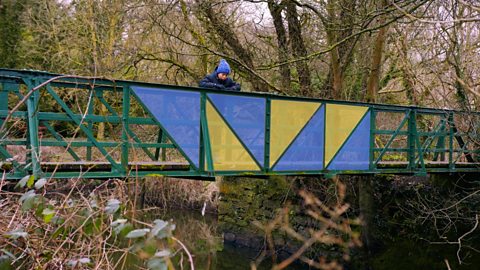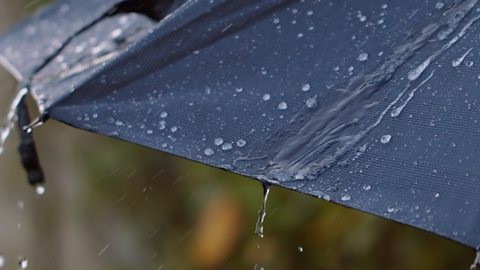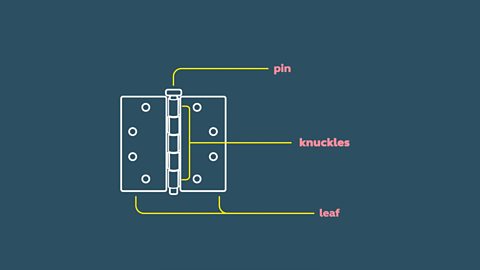Isabel and Heaven are going to build a balloon car like this one.
Are you ready? OK, go!
Car production is a multi-million pound industry.
We have big cars, little cars, old cars, new cars, toy cars, green cars, party cars, fast cars, monster cars and pope cars! We even have cars that people live in.
But all cars are made of the same elements: A frame, an engine, and some wheels.
But, there’s something else that every car, van, lorry and train needs to allow it to move, and that’s an axle.
An axle is a bar that goes through the wheels, keeping them in place and allowing them to turn.
Every vehicle with wheels has an axle. A car has two, a unicycle has one, and a train has… one, two, three, four, five… well, a lot.
The axle isn’t just the mechanism that the wheel turns on, it does other things too.
It keeps the wheels in the right place, making sure they’re always the same distance apart.
The axle helps support the weight of the car and the people travelling inside.
And you can have different kinds of axles for different types of cars.
If Isabel and Heaven wanted to make a stronger vehicle for carrying heavy things, they could use a stronger material for the axle.
If they wanted to build a racing car, they could use a lightweight metal for the axle. The lighter the car, the faster it can travel.
OK, it’s race time!
Video summary
This short film explains what an axle is and how they are essential in all vehicles, from bicycles to trains.
It illustrates how balloon-powered cars work, which is a perfect classroom project.
Teacher Notes
This short film is an ideal introduction to the essential features of a vehicle and how these are designed and tailored for different types of vehicles.
The film investigates why some vehicles require strong, heavy axles, while other vehicles require a lightweight axle.
It could be used as part of a design and technology investigation into making a fast car.
It could also be used to help the pupils to understand the main features of a vehicle and their functions, possibly as a pre-cursor to designing and making their own vehicle.
Points for discussion:
- What features are common to all vehicles?
- What is an axle?
- Why are axles important?
- How are axles changed for different types of vehicles?
Suggested activities:
After watching the film, you could work with pupils to explore the different parts of a vehicle and what function each one serves.
Pupils could investigate different axles and how changing the weight and size of the axle impacts on how well a vehicle moves.
Pupils could design and make their own balloon cars, and compete with each other to find out which one is fastest, and why.
Suitable for teaching design and technology (D&T) at KS2 in England, Wales and Northern Ireland, and 1st and 2nd level in Scotland.
How to make a structure stronger. video
Join three primary-aged pupils as they build different types of towers and learn how to make them stronger.

How to make a structure waterproof. video
Follow two primary-aged pupilds as they build a den in their garden and learn how make it waterproof.

Hinges. video
In this short film we observe two primary-aged pupils as they make simple hinges for their treasure boxes.
